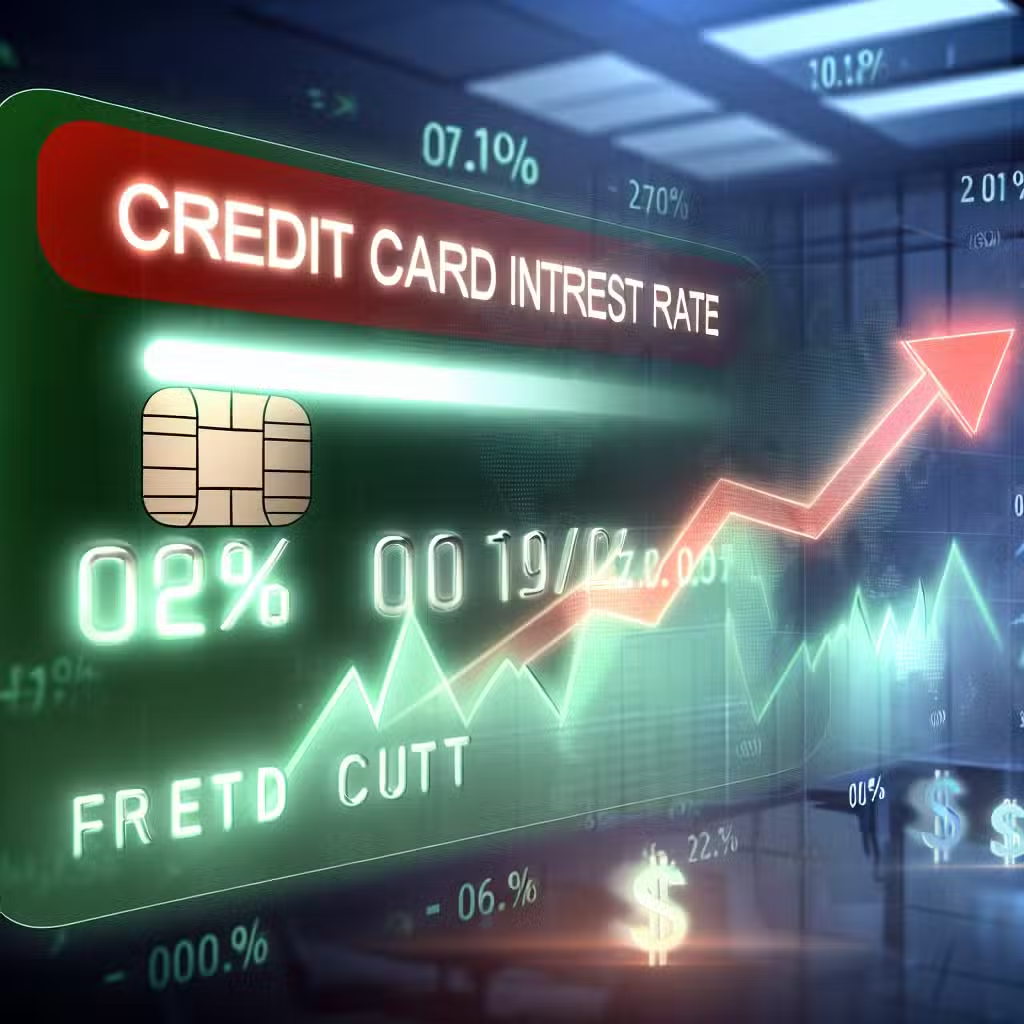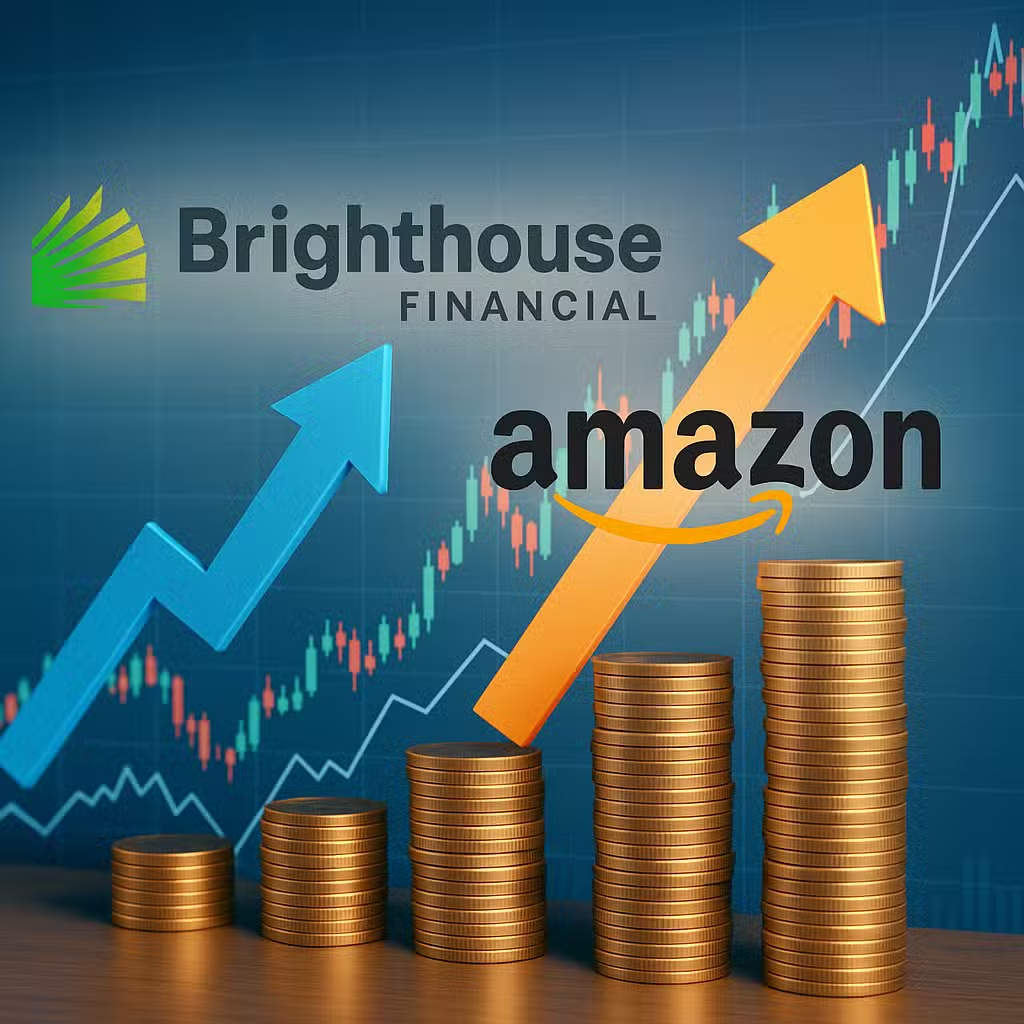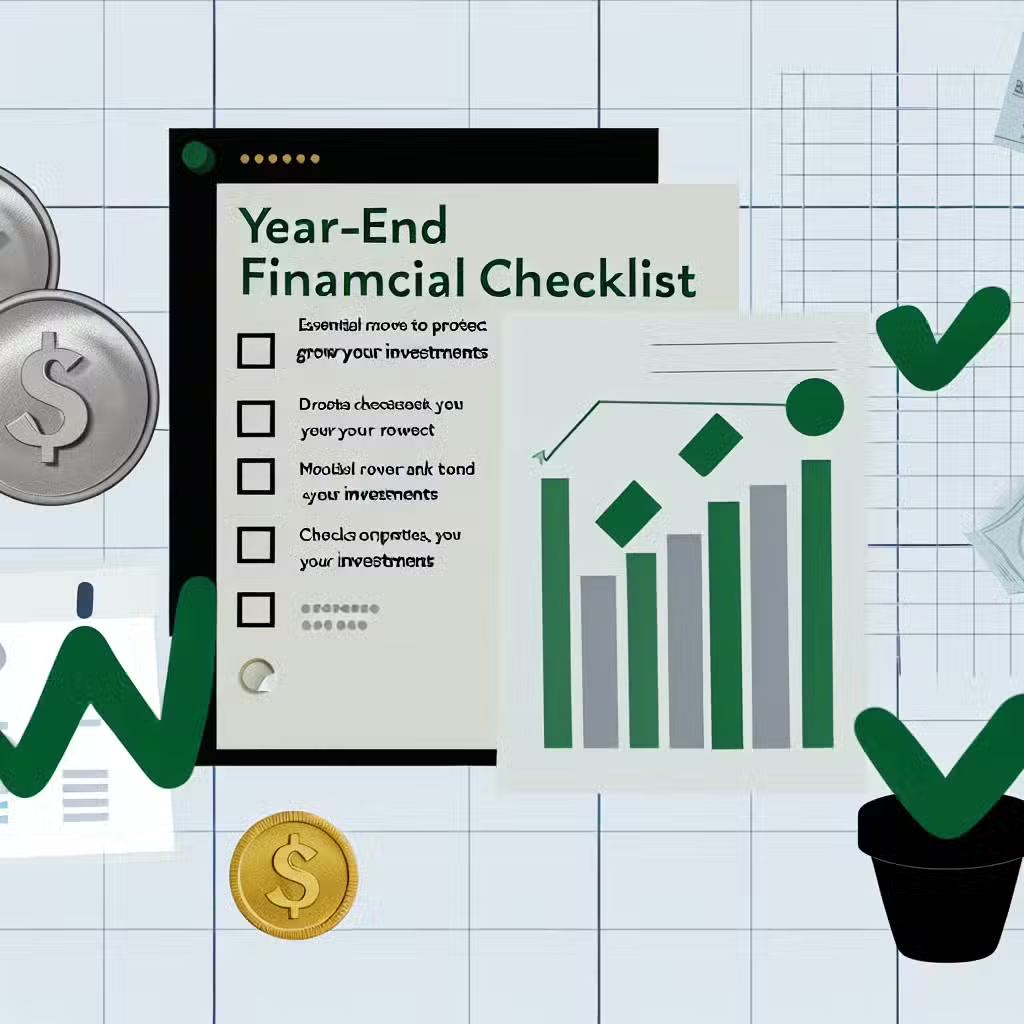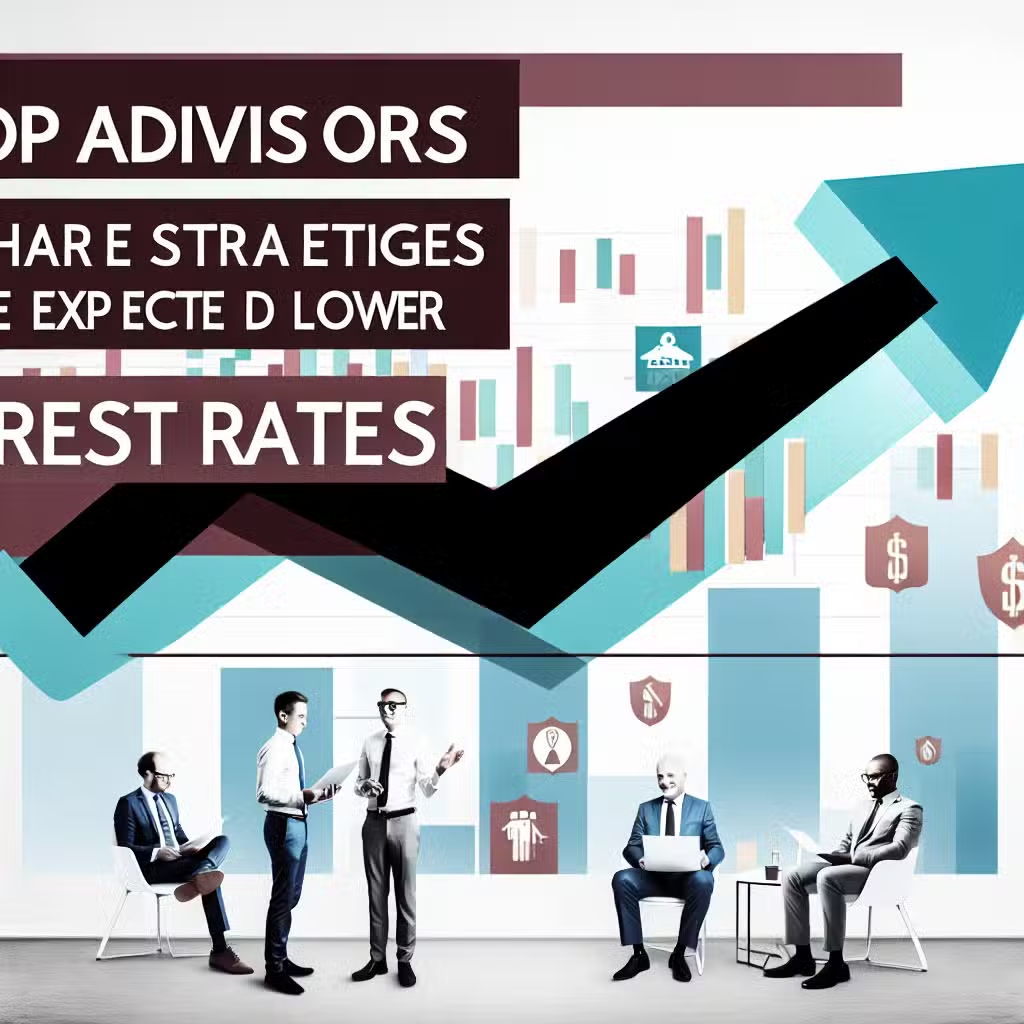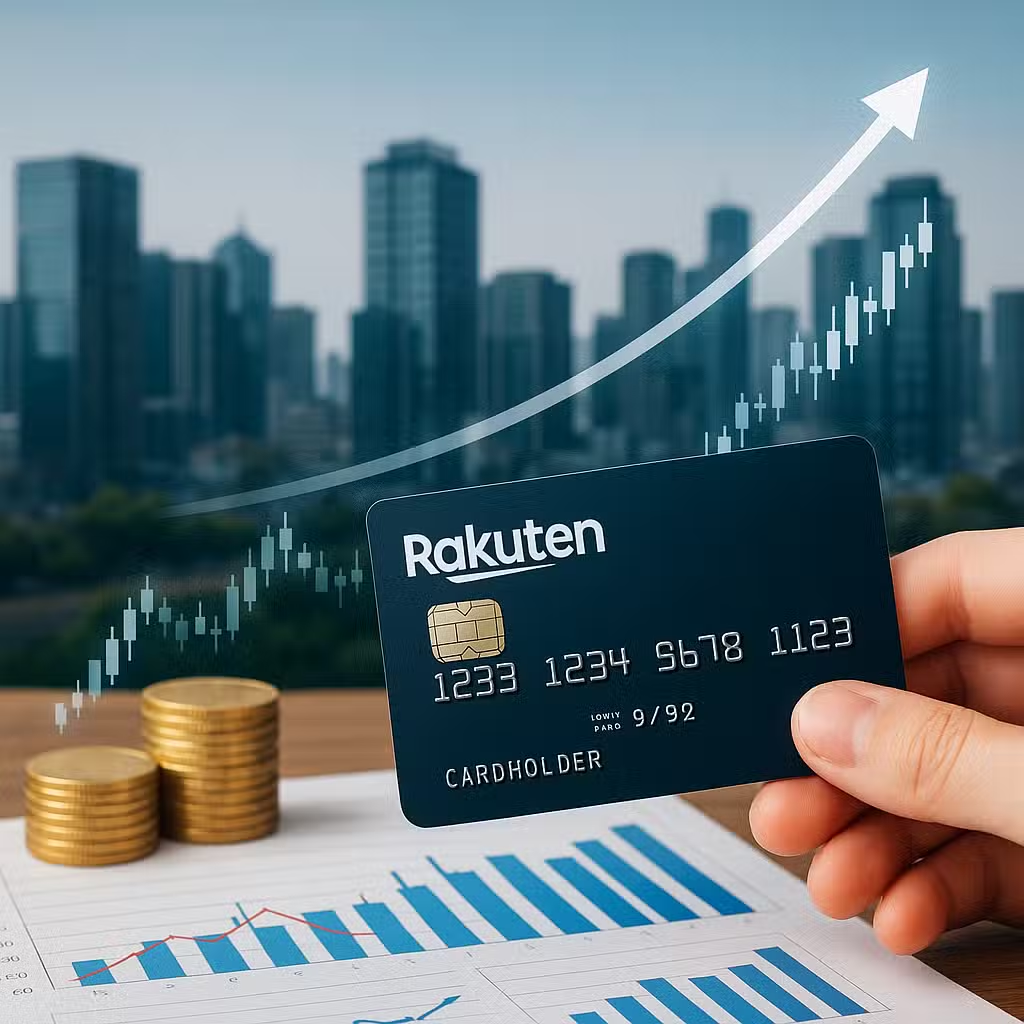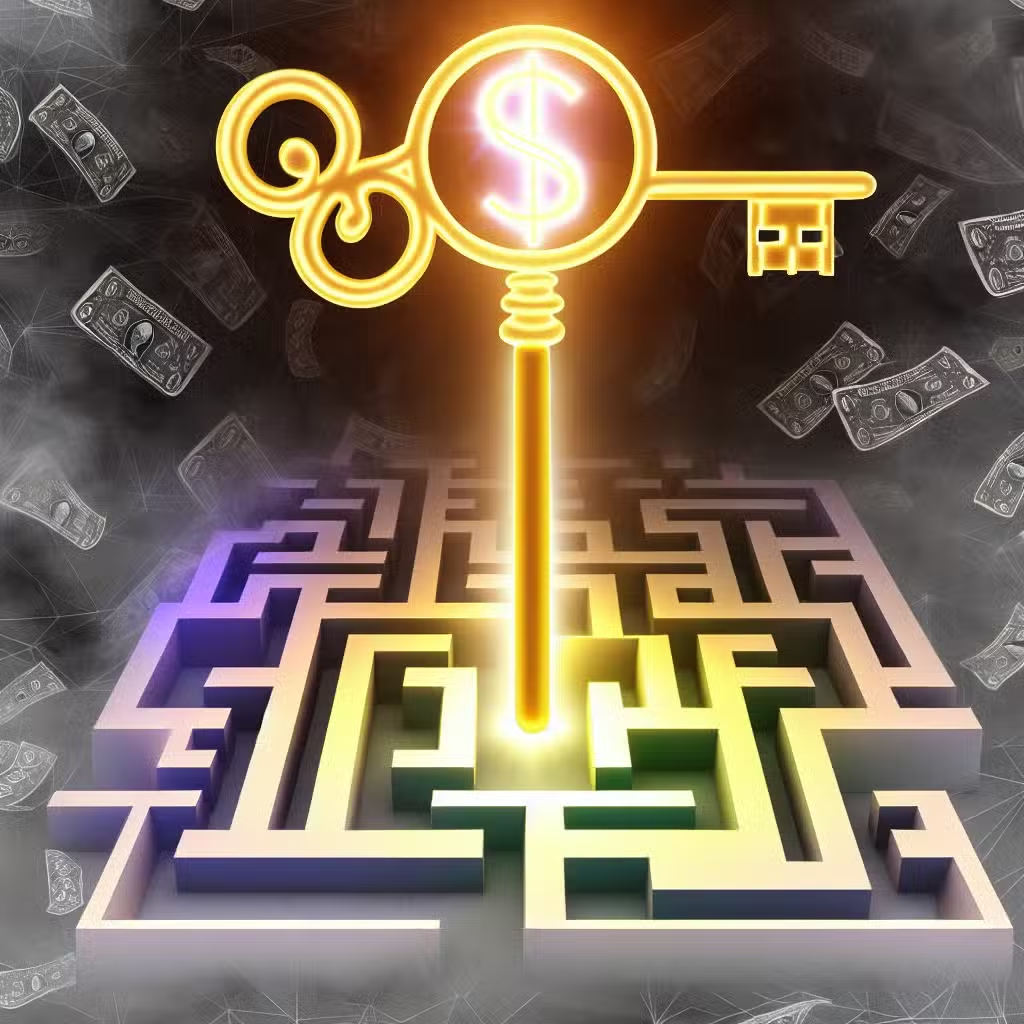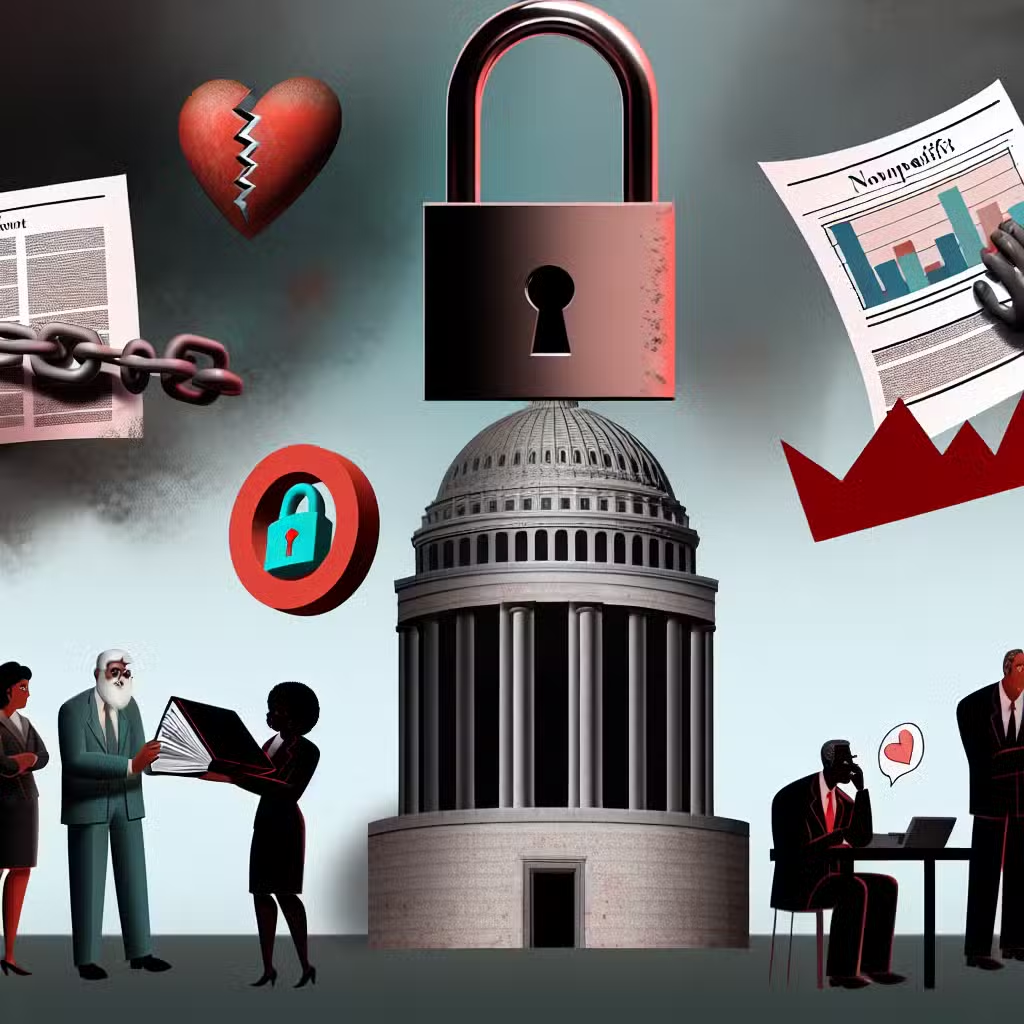Credit Card Interest Rates Stay High Despite Fed Cut—Key Insight for Investor Strategies
Think of the Federal Reserve like the captain of a giant ship steering the economy. When the captain turns the wheel, it takes time for the whole ship to react—and sometimes, the changes don’t reach every part of the ship equally. That’s what’s happening now with credit card interest rates.
Why Investors Should Care
Credit card interest rates affect almost half of American families, and they play a big role in how much money people have to spend. When families pay more in credit card interest, they have less to buy goods or invest. This can affect companies’ profits and even the stock market.
The Bull Case: Why Rates Could Drop
- The Federal Reserve has started lowering its main interest rate, which usually leads to lower rates for things like credit cards.
- If the Fed keeps lowering rates, credit card rates might slowly follow, giving consumers some breathing room.
- Competition between banks can sometimes push rates down, especially for people with strong credit scores.
The Bear Case: Why Relief Is Slow
- Credit card rates haven’t dropped much, even though the Fed has cut its rate by a full percentage point in 2024. The average credit card rate only fell by 0.23% during the same time, according to CardRatings.com.
- Banks set credit card rates based on many things, not just the Fed, like how risky they think lending is and a person’s credit score.
- Some store credit cards have even raised their rates, blaming new rules on late fees—even after those rules were rolled back.
- Even a small rate cut, like 0.25%, only saves about $1 a month for someone making minimum payments on the average balance, says Bankrate’s Ted Rossman.
Digging Deeper: The Big Picture
Almost 50% of U.S. households carry credit card debt, paying over 20% interest on average—much higher than other types of loans (Federal Reserve).
Historically, credit card rates move up fast when the Fed raises rates, but they move down slowly when the Fed cuts. This “sticky” behavior means consumers don’t see quick relief, and banks keep earning high profits from interest.
For investors, these high rates can boost bank stocks and financial sector profits, but they may also slow down consumer spending, which hurts retailers and the broader economy. During the Great Recession, for example, high consumer debt and tight credit helped make the downturn worse (Brookings Institution).
What Consumers Can Do
If you don’t carry a balance, high APRs don’t affect you. But if you do, the best move is to pay off as much as you can, or look for a 0% balance transfer card, which can give you over a year without interest if you qualify.
Some banks offer cards with 0% interest for 12-21 months on balance transfers, which can help you pay down debt faster.
Investor Takeaway
- Watch bank stocks: High credit card rates are good for bank profits but may hurt retail and consumer sectors if Americans cut back on spending.
- Look beyond the headlines: Even when the Fed cuts rates, credit card rates may not move much. Don’t expect quick relief for consumers.
- Balance your portfolio: If you’re invested in consumer goods or retail, keep an eye on credit card debt trends, as high interest payments can slow sales.
- Consider financial sector ETFs: If you believe banks will stay profitable from high rates, sector ETFs can offer broad exposure.
- Personal finance tip: If you carry a balance, look for ways to pay it off or transfer it to a lower-rate card—don’t wait for the Fed to save you.
For the full original report, see CNBC

